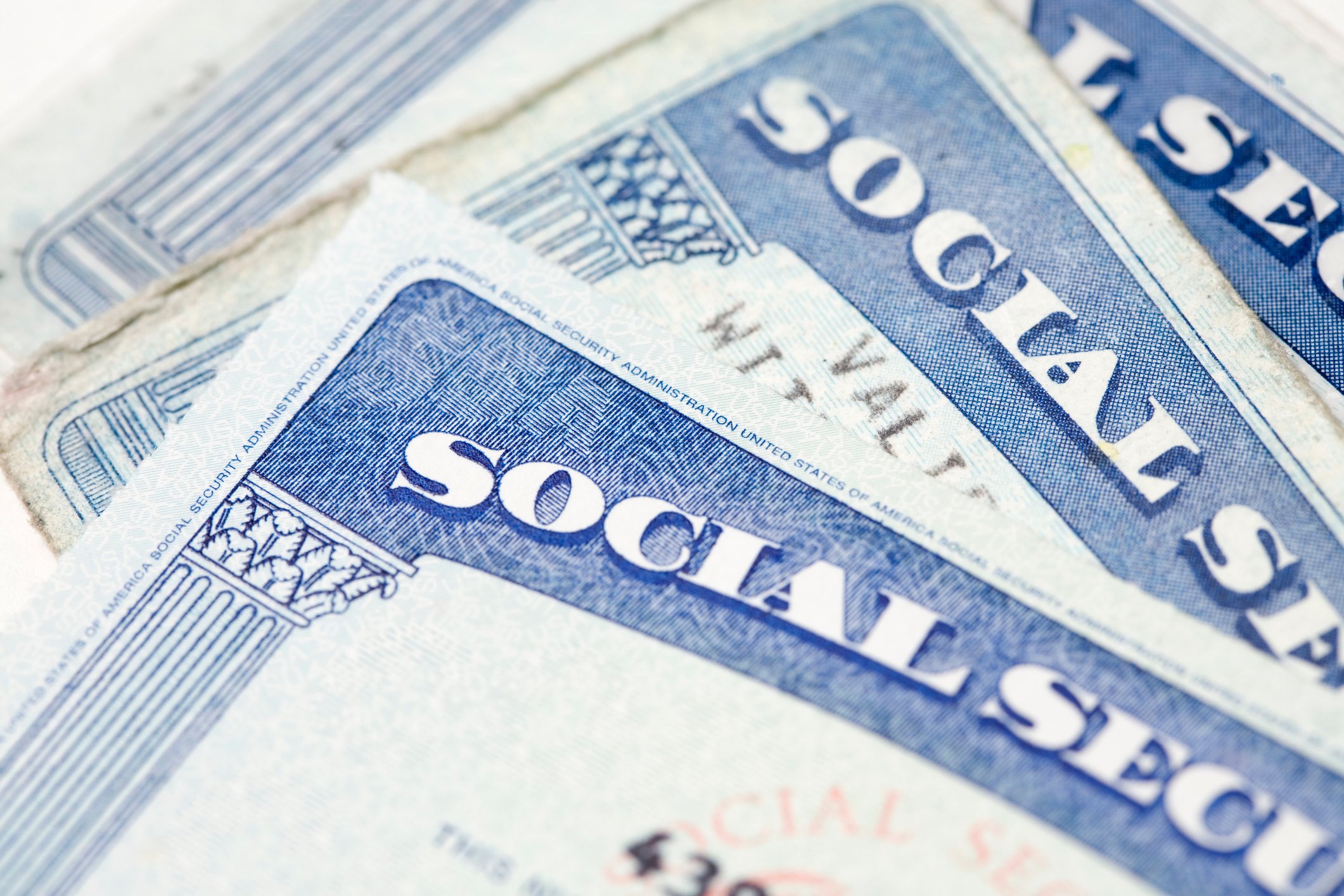Social Security has, over the years, become a practically indispensable source of retirement income. Data from the Social Security Administration finds that 61% of seniors, which includes 48% of married couples and 71% of unmarried elderly individuals, rely on their Social Security payout to account for at least half of their monthly income.
However, this vital source of income isn't in good shape. According to the Social Security Board of Trustees' 2016 report, the Trust will begin paying out more in benefits than it's generating in revenue by 2020, leading to a complete exhaustion of Social Security's asset reserves by 2034. Should this spare cash disappear, the Trustees have forecast the need for up to a 21% cut in benefits across the board. That's a gloomy outlook for at least 61% of current retirees, as well as those pre-retirees who plan to lean heavily on Social Security in the years and decades to come.

Image source: Getty Images.
Social Security's purchasing power is plunging
Of course, this is far from the only issue seniors are coping with. Current retirees are arguably getting the short end of the stick when it comes to Social Security's cost-of-living adjustments (COLA). COLA is the "raise" that beneficiaries expect to receive each year to match the rate of inflation -- only it's not coming close, in most instances, to representing the true inflation that seniors are contending with.
A recently released study from The Senior Citizens League (TSCL), titled "2017 Social Security Loss of Buying Power Study," examined how well or poorly seniors receiving Social Security benefits are doing relative to their monthly expenses. The results showed that seniors' Social Security benefits have lost 30% of their buying power just since the year 2000. In other words, what $100 in Social Security income purchased in 2000 now buys about $70 worth of goods and services.
Over the past eight years, Social Security's COLA has been 0% three times (representing a decline in the average price of a pre-determined basket of goods and services), and just 0.3% this year, representing the smallest year-over-year increase on record. Meanwhile, 26 of the 39 goods and services examined by the study increased at a faster aggregate pace than Social Security's COLA between 2000 and the present. Topping the list were Medicare Part B monthly premiums, which are up 195% over that time frame; annual out-of-pocket prescription drug costs, up 184%; and homeowner's insurance, up 154%.
Of the more than 840 people TSCL surveyed, two-thirds suggested that their monthly expenses were up by $79 on a year-over-year basis. However, based on the average Social Security benefit for retired workers of $1,366.46, as of April 2017, a 0.3% increase in benefits enacted this year only translates to a $4.10 increase a month!

Image source: Getty Images.
Why is Social Security's purchasing power falling?
Social Security's COLA is determined by movements in the Consumer Price Index for Urban Wage Earners and Clerical Workers, known more casually as the CPI-W.
The CPI-W takes a number of spending categories into account, such as food, energy, medical care, apparel, housing, and transportation. The average reading of the CPI-W during the third quarter of the previous year serves as the baseline figure, while the average CPI-W reading during the third quarter of the current year (July through September) serves as the comparison. If the average CPI-W goes up year over year, seniors receiving Social Security benefits get a commensurate raise, rounded to the nearest 0.1%. If prices go down, no COLA is given (thankfully, benefits can never fall, even if the CPI-W moves lower from one year to the next).

Image source: Getty Images.
What's been most responsible for the weak CPI-W reading in recent years has been energy price fluctuations. A plunge in crude oil prices caused energy and gasoline costs to fall. While that's great for consumers at the pump, it has been the primary factor in years when seniors didn't receive a COLA.
At the same time, certain costs have soared well past the national inflation rate. For example, medical care inflation has risen at a quicker pace than the CPI-W in 33 of the past 35 years. With few checks and balances on drug companies, the pricing power remains in their court. Chances are unlikely that prescription drug inflation is going to slow anytime soon.
And, perhaps worst of all, any "raise" that's passed along to seniors is liable to be gobbled up by Medicare. The hold harmless clause protects Medicare Part B premiums from rising at a quicker pace than Social Security's COLA for those who are enrolled in both Social Security and Medicare, and allow their Part B premiums to be deducted from their monthly benefit check. But with Part B premiums rising at multiple times the pace of Social Security's COLA, it ensures that essentially all increases will go to cover Medicare premiums and not to seniors.

Image source: Getty Images.
A possible solution to Social Security's COLA dilemma
Now there is a possible solution, but it comes at a price.
The easiest way to get seniors the raise they seemingly deserve is to switch from the CPI-W to the Consumer Price Index for the Elderly (CPI-E). As the name implies, the CPI-E's focus is entirely on the spending habits of households with persons aged 62 and up.
What changes, you ask? According to a side-by-side comparison of the CPI-W and CPI-E from December 2011 supplied by the Bureau of Labor Statistics, medical care spending as a percentage of monthly expenditures is twice as high under the CPI-E, and housing costs as a percentage of expenditures is higher, too. In simpler terms, medical care and housing cost inflation would have more weight with the CPI-E, leading to the expectation of a higher annual COLA. In turn, apparel, transportation, food, education, and entertainment would be weighted less than they are under the CPI-W.

Image source: Getty Images.
Sounds like a great plan, right? Unfortunately, switching to the CPI-E still comes with drawbacks. For instance, the CPI-E still doesn't account for Medicare Part A expenses (e.g., in-hospital stays, surgeries, and long-term skilled care), and these can be substantial for seniors. Thus, even the CPI-E could drastically underestimate the medical care inflation that seniors are dealing with.
An even bigger issue is that higher annual COLAs would presumably drain the Social Security's Trust even faster. Yes, seniors would be getting a more commensurate annual "raise," but it would work against the more than $11 trillion budgetary shortfall the program is facing over the next 75 years.
Social Security's declining purchasing power is a serious problem, and unfortunately there's no clear near-term fix. Let this serve as even more of a warning for today's working Americans that Social Security shouldn't be your Plan A when you retire.





